The kiwi fruit, with its bright green flesh, delightful sweetness, and tangy undertones, has captured global tastebuds and nutritional enthusiasts alike. But not all kiwis are created equal. While global kiwi production has expanded across continents, some countries have become especially renowned for cultivating the sweetest, most flavorful varieties. So, where are the sweetest kiwis grown? This article dives deep into the global kiwi-growing map, examining environmental factors, specific regions, cultivars, and production techniques that contribute to the world’s sweetest kiwis.
The Global Rise of Kiwi Farming
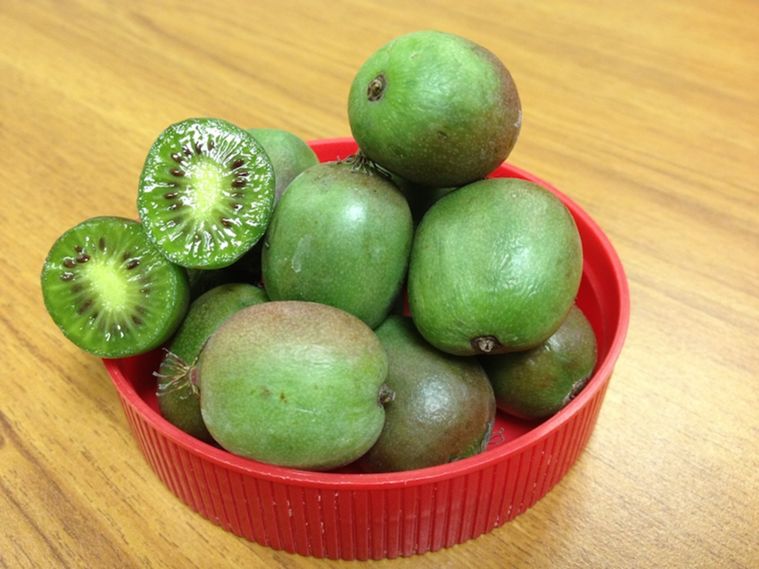
Originally native to China and known as the Chinese gooseberry, the kiwi fruit gained international fame after being popularized by New Zealand in the 20th century. Today, kiwi farming spans countries across Europe, Asia, Oceania, and the Americas. The sweet flavor of kiwi is largely influenced by:
- Climate conditions (especially temperature and sunlight)
- Soil richness
- Cultivar selection
- Harvest timing
- Post-harvest ripening
Let’s explore where these perfect conditions converge to produce the sweetest kiwis.
1. New Zealand – The Pioneer of Premium Sweet Kiwis
Region Spotlight: Bay of Plenty
New Zealand is often regarded as the “kiwi capital of the world.” The Bay of Plenty, on the North Island, offers an ideal mix of volcanic soil, moderate rainfall, and a temperate maritime climate.
Why Are New Zealand Kiwis So Sweet?
- Ideal sunshine hours help enhance sugar content.
- Well-drained volcanic soil allows excellent root development.
- Strict quality control standards by Zespri, the world’s leading kiwi marketer.
Signature Variety:
- Zespri SunGold (Actinidia chinensis): This golden kiwi boasts high Brix levels (average 14–16), smooth skin, and a rich tropical sweetness that sets it apart. It’s less acidic than the green variety, making it taste smoother and juicier.
Exports & Global Appeal:
New Zealand kiwis are exported to over 50 countries and dominate premium shelves in Europe, China, and the U.S., often praised for consistency in sweetness and appearance.
2. Italy – Europe’s Kiwi Sweet Spot
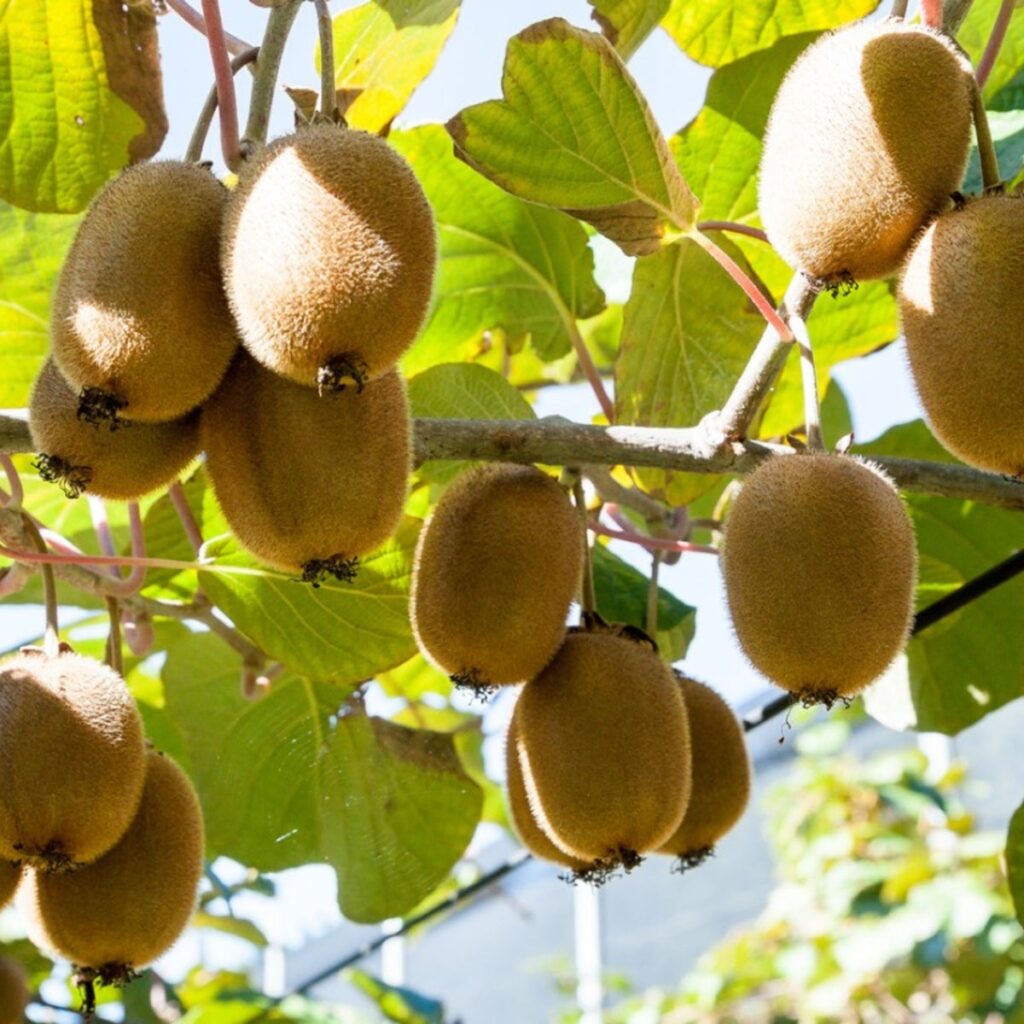
Region Spotlight: Latina, Emilia-Romagna, and Veneto
Italy is the largest kiwi producer in Europe and ranks second globally. Despite this, many are surprised to learn that Italy’s kiwis are among the sweetest and most flavorful.
Factors Contributing to Sweetness:
- Mild Mediterranean climate
- Balanced irrigation systems
- High-density planting techniques
- Access to nutrient-rich plains
Popular Varieties:
- Hayward (green kiwi): Known for its tangy-sweet balance.
- Jintao and Dorì (golden kiwis): Compete with New Zealand’s SunGold in sweetness, with Brix levels around 13–15.
Italy’s Secret Weapon:
Italian growers often delay harvesting slightly longer than usual, allowing natural sugars to accumulate more before post-harvest ripening, boosting overall sweetness.
3. Iran – The Underrated Sweet Kiwi Powerhouse

Region Spotlight: Mazandaran and Gilan Provinces (North Iran)
Iran is emerging as a major producer of high-Brix kiwis, especially in its temperate Caspian Sea regions. Though lesser-known on the global market due to limited export infrastructure, Iranian kiwis are surprisingly sweet and juicy.
What Makes Iranian Kiwis Unique?
- Cool winters and mild, humid summers enhance sugar development.
- Rich alluvial soil supports excellent nutrient uptake.
- Natural ripening methods are still widely used.
Iranian kiwis, especially the Hayward cultivar, are known to achieve natural Brix levels of 13–14, rivaling some premium European outputs.
4. Chile – Southern Hemisphere’s Kiwi Sweet Spot
Region Spotlight: Maule and O’Higgins Regions
Chile’s geographical diversity allows kiwi production across a range of microclimates, but its central valley regions produce the sweetest and best-balanced fruits.
Key Sweetness Drivers:
- High diurnal temperature variation helps accumulate sugar while maintaining acidity.
- Andes meltwater provides consistent, clean irrigation.
- Extended growing season boosts flavor development.
Chile exports extensively to North America and Asia, and its Hayward green kiwis are often praised for achieving a Brix score of 12–13 with a balanced tang.
5. Greece – A Newcomer with Sweet Promise
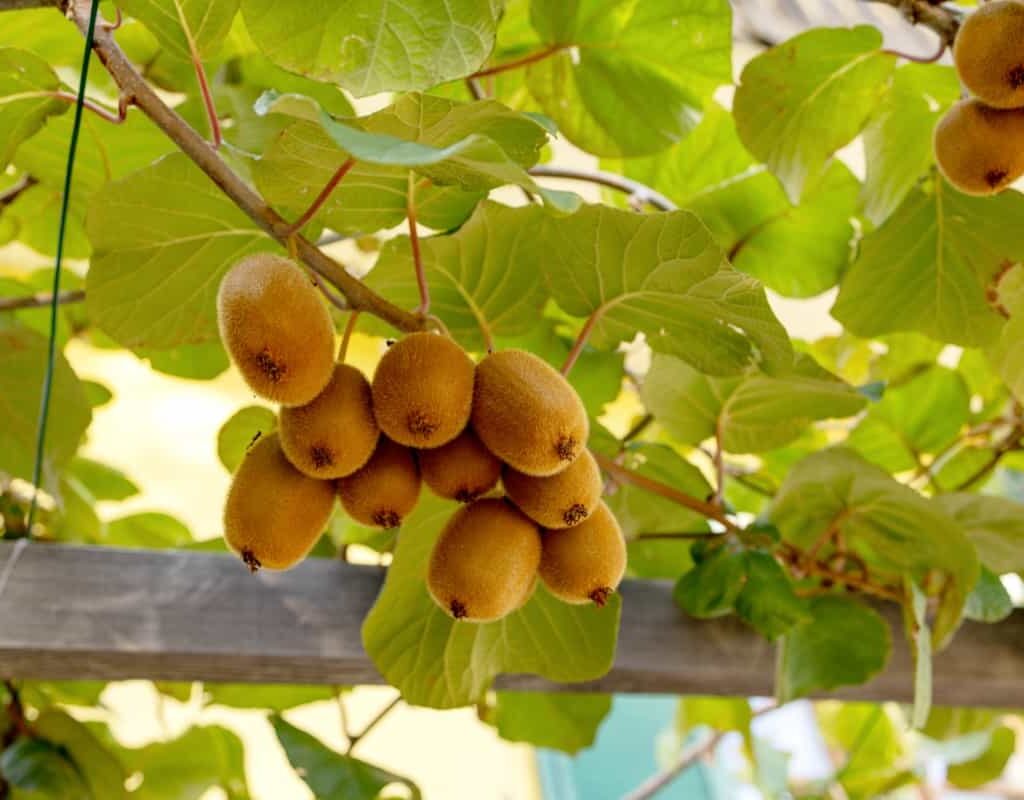
Region Spotlight: Kavala and Arta
In the last decade, Greece has rapidly increased its kiwi output, now standing among Europe’s top producers. But beyond volume, it’s Greece’s sweet flavor profile that is turning heads in export markets.
Contributing Factors:
- Long sunny days in late summer boost sugar production.
- Low pesticide farming techniques help maintain a natural sweetness.
- Organic farming rise contributes to more nutrient-dense fruit.
Greece focuses heavily on green Hayward kiwis, but new golden varieties are being tested for even higher sweetness levels.
6. China – Kiwi’s Original Home with Regional Sweetness Gems
Region Spotlight: Shaanxi and Sichuan Provinces
Though kiwi originated in China, its production has only recently been modernized for mass international appeal. Despite that, China’s indigenous kiwi species often exhibit exceptional natural sweetness.
Popular Sweet Varieties:
- Donghong (red kiwi): A red-fleshed cultivar with tropical notes and Brix levels over 15.
- Jinkui (golden kiwi): Combines sweetness with citrusy undertones.
China now focuses on high-Brix, colorful varieties to stand out in export markets like Southeast Asia and Russia.
Measuring Kiwi Sweetness – The Brix Factor
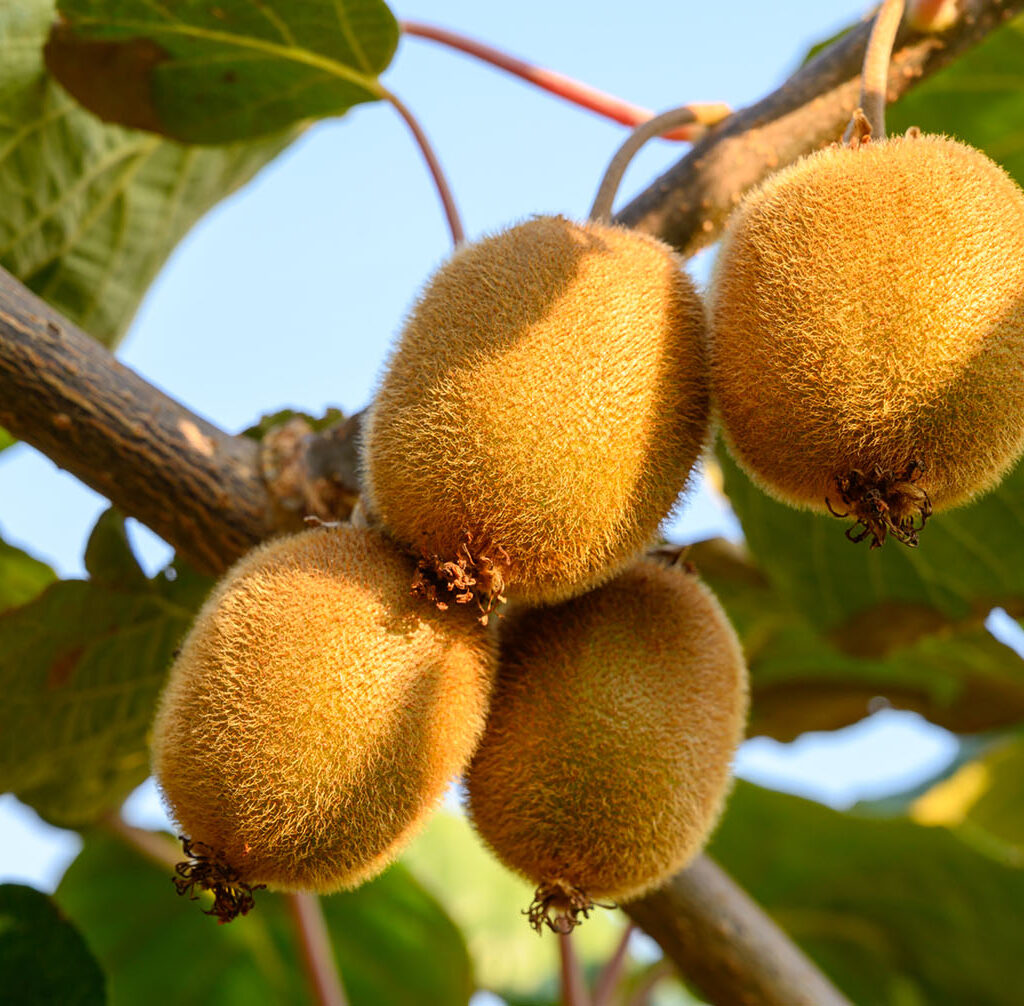
Sweetness in kiwis is measured using the Brix scale, which indicates the percentage of sugar content in the fruit’s juice. The higher the Brix score, the sweeter the fruit.
| Variety | Typical Brix Score | Country of Origin |
|---|---|---|
| Zespri SunGold | 14–16 | New Zealand |
| Hayward (Italy) | 12–14 | Italy |
| Dorì (Italy) | 13–15 | Italy |
| Donghong (Red) | 15–16 | China |
| Iranian Hayward | 13–14 | Iran |
| Chilean Green | 12–13 | Chile |
| Greek Hayward | 12–14 | Greece |
What Influences Kiwi Sweetness the Most?
While cultivar plays a major role, here are the other critical factors:
- Sun Exposure – Longer sun hours increase sugar synthesis.
- Climate Fluctuation – Cooler nights and warmer days improve flavor complexity.
- Soil Health – Rich, well-drained soils promote consistent sugar development.
- Maturity at Harvest – Later harvests tend to yield sweeter fruit.
- Post-Harvest Handling – Controlled ripening conditions preserve and enhance sweetness.
Conclusion: The Sweetest Kiwi Crown?
So, where are the sweetest kiwis grown? While New Zealand still holds the gold standard with its SunGold cultivar, countries like Italy, Iran, and China are fast catching up by introducing high-Brix varieties and adopting refined cultivation techniques.
The answer may depend on whether you prefer:
- Tropical golden sweetness (New Zealand, China),
- Classic tangy-sweet balance (Italy, Greece),
- Or underrated regional gems (Iran, Chile).
Ultimately, the sweetest kiwi is not just about sugar content—it’s the perfect balance of sweetness, acidity, juiciness, and aroma that defines a truly world-class fruit. And as innovation continues across continents, we can expect even sweeter surprises from emerging kiwi-growing regions.


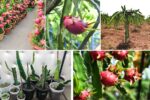
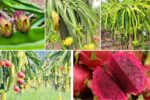

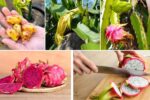
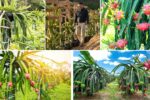
Leave A Comment